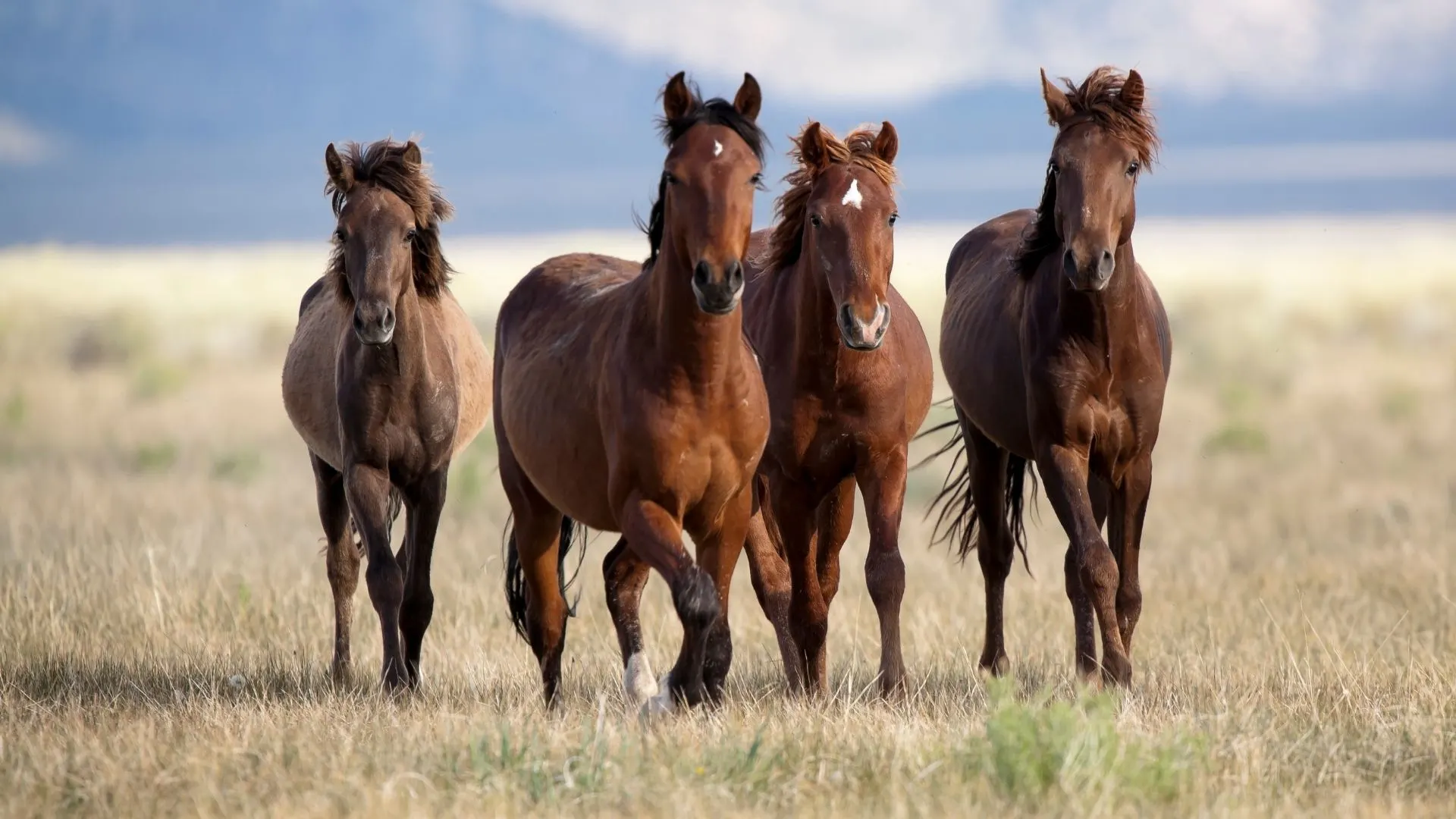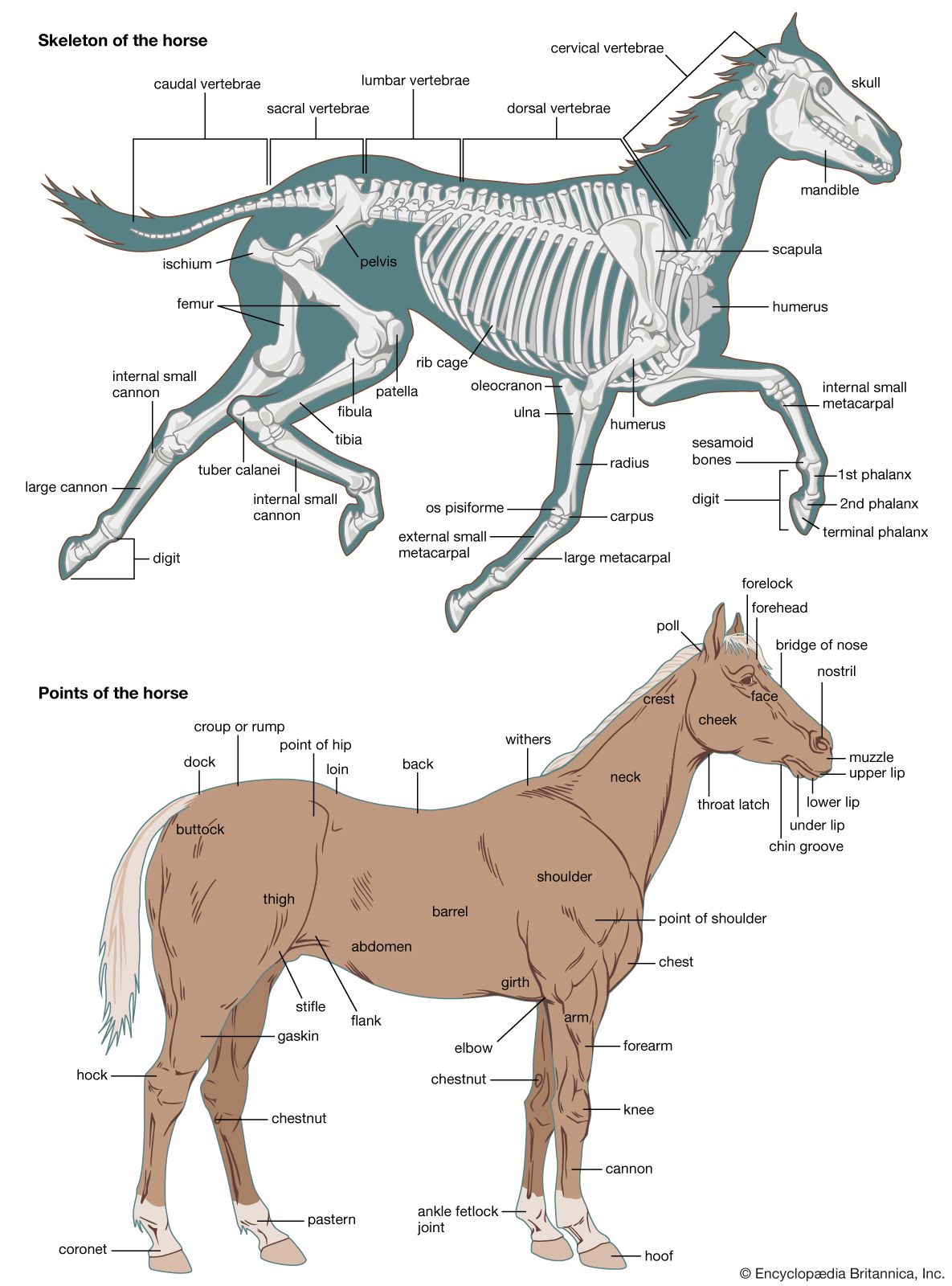Horses are magnificent animals that have been domesticated for thousands of years. They come in various breeds, colors, and sizes, and each horse has its own unique characteristics. One of the key distinctions among horses is their gender. In this article, we will focus on how to tell if a horse is a mare, which is a female horse. Understanding the physical and behavioral traits of mares is essential for horse owners, breeders, and anyone interested in equine care.
Physical Characteristics

The first step in determining if a horse is a mare is to assess its physical characteristics. Mares typically have a more refined and feminine appearance compared to stallions, which are male horses. One of the most obvious physical traits of a mare is her reproductive organs. Mares have an external genitalia, including the vulva, which is the external opening of the reproductive tract. It is important to note that the presence of a vulva alone does not confirm a horse as a mare, as some geldings (castrated male horses) may retain their external genitalia.
Another physical characteristic of mares is their mammary glands. Mares have well-developed mammary glands, which are located between their hind legs. These glands are responsible for producing milk, especially when the mare is nursing a foal. When examining a horse, the presence of prominent mammary glands can be a strong indication of a mare.
In addition to their reproductive organs and mammary glands, mares often have a more feminine build. They tend to have a smoother and more refined head, with a slightly dished facial profile. Mares also tend to have a more rounded and sloping croup, which is the area between the tail and the hindquarters. While these physical traits can provide valuable clues, it is important to consider that individual variation exists among horses, and some mares may exhibit traits that are more commonly associated with stallions.
Behavioral Traits

Apart from their physical characteristics, mares also exhibit distinct behavioral traits that can help in identifying them. One of the key behavioral traits of mares is their maternal instinct. Mares are often nurturing and protective, especially towards their foals. They may display behaviors such as nuzzling, nickering, and standing guard over their young. This maternal behavior is a strong indicator of a mare, as it is an inherent characteristic of female horses.
Another behavioral trait commonly observed in mares is their social dynamics within a herd. Mares tend to establish and maintain strong social bonds with other horses, particularly within a group of females. They often engage in mutual grooming, grazing together, and exhibiting cohesive herd behavior. Understanding the social dynamics and interactions within a group of horses can provide valuable insights into identifying mares based on their behavioral patterns.
Mares also exhibit unique reproductive behaviors, especially when they are in estrus or “heat.” During estrus, mares may show signs of increased restlessness, frequent urination, and receptivity to the advances of a stallion. These behavioral indicators are part of the mare’s reproductive cycle and can be useful in identifying her gender.
Training and Handling

When it comes to training and handling horses, understanding the gender of the horse is crucial. Mares may display certain behavioral patterns that differ from stallions and geldings, and being aware of these differences can aid in effective training and handling techniques. Mares are often described as sensitive and intuitive, and they may respond well to a more gentle and patient approach.
In training mares, it is important to consider their reproductive cycle, as they may exhibit variations in behavior during different stages of their estrus cycle. Proper training and handling techniques should take into account the mare’s natural inclinations and tendencies, allowing for a more harmonious and productive interaction between the horse and the handler.
Additionally, understanding the behavioral nuances of mares can contribute to creating a positive and respectful relationship between the horse and the handler. By recognizing and respecting the mare’s individuality and temperament, handlers can establish a bond built on trust and understanding, leading to successful training and cooperation.
Health and Reproductive Care
Identifying a horse as a mare is essential for providing appropriate health and reproductive care. Mares have specific reproductive needs, including regular reproductive health check-ups, estrus monitoring, and potential breeding considerations. Understanding the mare’s reproductive cycle and behavior is crucial for managing her reproductive health and ensuring her well-being.
Mares also require specialized care during pregnancy and foaling. It is important for horse owners and breeders to be able to accurately identify mares to provide them with the necessary prenatal care and support during the foaling process. By recognizing the signs of pregnancy and understanding the stages of labor, horse caregivers can ensure the safety and comfort of the mare and her foal.
In addition, mares may have unique health considerations related to their reproductive system, such as the risk of developing conditions like uterine infections or reproductive tract abnormalities. Identifying a horse as a mare allows for targeted veterinary care and preventive measures to maintain her reproductive health and overall well-being.
Curious about how to interpret your horse’s behavior? Explore our articles on how to tell if a horse likes you, how to tell if your horse is overweight, and how to tell if a horse is dehydrated for valuable insights into equine care and communication!
Conclusion
In conclusion, being able to tell if a horse is a mare is an important skill for horse owners, breeders, and equine enthusiasts. By recognizing the physical and behavioral traits specific to mares, individuals can accurately identify and understand these female horses. From their distinct physical characteristics, such as reproductive organs and mammary glands, to their maternal and social behaviors, mares possess unique qualities that set them apart from stallions and geldings.
Understanding the gender of a horse, particularly if it is a mare, is crucial for various aspects of horse care, including training, handling, health, and reproductive management. By acknowledging the individuality and specific needs of mares, horse caregivers can provide them with the appropriate care, attention, and support they require. Whether it is for breeding purposes, companionship, or equestrian activities, the ability to identify and appreciate mares contributes to the well-being and welfare of these remarkable equine beings.



